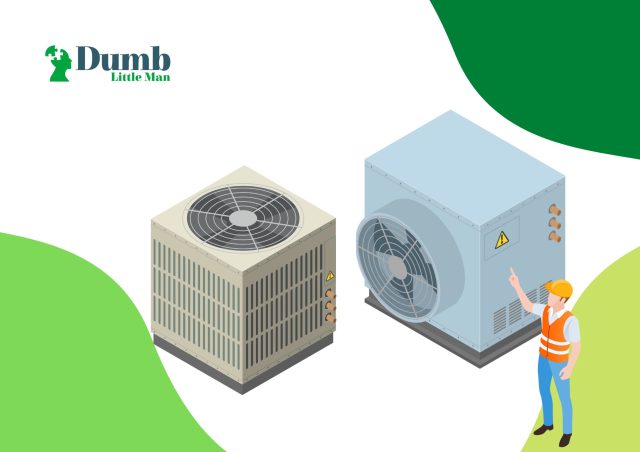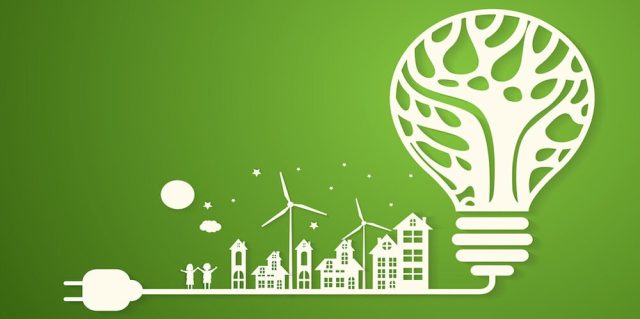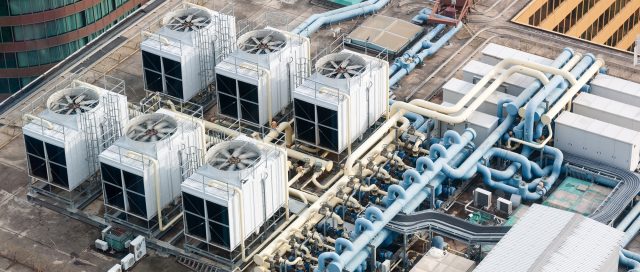How Much Energy Should A Bank Use?
By Dumb Little Man
January 10, 2024

In general, the energy needs of a business, be it a large corporation, a little shop, or something in between, are far greater than the average person may think. Financial institutions are a prime example of industries that generate a substantial portion of their total energy use from their operations. To a greater extent, this is true for bank branches that have more people per square foot, more computers per square foot, and/or more cooling degree days (CDD). Bank managers who are concerned about the energy usage in banks can search for reputable bank energy suppliers locally.
Galaxy Digital reports that annual electricity use in the financial sector is 263.72 terawatt hours (TWh). And of the three distinct types of banking facilities—headquarters, traditional branches, and branches adopting a “store” model—branch offices account for 90% of the industry's total energy use. One-third of the expenses at any given site are attributable to energy.
And since energy production and consumption have such a large influence on the natural world, it's only fair that commercial sectors, like the banking industry, consider how to minimize their energy footprint. And in terms of commercial building energy efficiency, a bank should consume 150 kWh/m2/year to become energy-efficient.
Initiatives on Energy Efficiency

Financial institutions can secure a return on investment by becoming more energy efficient. As a result, the majority of banks have also made investments in renewables and energy efficiency. They recognized that renewable energy is a growing industry. Thus, investing in it will not only help them save money, but it will also contribute to the bank's Corporate Social Responsibility (CSR) or ESG, which can improve their public image.
Furthermore, the government is working to develop more sustainable solutions to reduce emissions and protect the environment. In fact, the Paris Agreement sets a target for reducing polluting gas emissions by 40% by 2030 compared to 1990. The European Government, on the other hand, wants to go even further, aiming for a 55% reduction.
How Can Banks Become Energy-Efficient
Banks should include energy-efficient solutions into their daily operations as part of their efforts to be more devoted to and respectful of the environment. The following are some ways they can do so:
Invest in New Lighting System
Over a quarter of the bank's overall energy bill goes toward the lights. This is because the lighting in a structure has a direct bearing on how productive its occupants are and how comfortable they feel. In addition, the government of the United Kingdom has mandated lighting rules for business establishments.
As a rule of thumb, a beginning effectiveness of 60 lamp lumens per circuit watt is considered appropriate for most lighting applications. The European Standards also include a document called Lighting Guide 7, the purpose of which is to ensure that offices have sufficient lighting while also creating an energizing setting for office workers.
For this reason, financial institutions should switch to more energy-efficient light sources like LED bulbs. Banks may save money in the long run by installing energy-efficient light fixtures, which also helps the government achieve its long-term goals of reducing energy use and safeguarding natural resources.
Switch to HVAC Efficient Solutions

The HVAC system is responsible for the bulk of a building's energy costs, especially in financial institutions like banks. The heating, ventilation, and air conditioning system is in charge of the indoor climate. Because of their sensitivity to seasonal changes and temperature fluctuations, they are among the office systems most likely to cause spikes in energy use.
Financial institutions may employ AI to significantly cut down on the resources required to heat and cool their massive facilities.
They should also replace inefficient heating pumps with more efficient ones. During the warmer months of the year, financial institutions may save money on cooling costs by increasing the thermostat setting from 23 degrees Celsius to 25 degrees Celsius.
Collaborate with Other Organizations That Share Your Objective
Financial institutions should connect out to other firms that are also striving to preserve renewable resources in order to maximize energy efficiency and speed up the process. Joint efforts between the two sectors simplify the process of enhancing a company's energy efficiency and saving potential.
In addition, it will be less difficult to share crucial data on energy conservation with one another. Cooperating with others also allows you to pool your resources and accomplish more in less time, which is a good use of time and energy resources.
Finally, forming a partnership with another business might help you reach a wider audience and boost your company's reputation. This is especially the case when forming alliances with larger, more well-known businesses.
Conclusion
It's in the bank's best advantage to invest effort in becoming more energy efficient since this might potentially save money in the long term. Plus, it's also a great idea to come up with energy saving methods as this may assist conserve the environment, making you appear more desirable to the public eye.
Dumb Little Man
At Dumb Little Man, we strive to provide quality content with accuracy for our readers. We bring you the most up-to-date news and our articles are fact-checked before publishing.


